The incredible ruins of historic Abbeys in the Scottish Borders

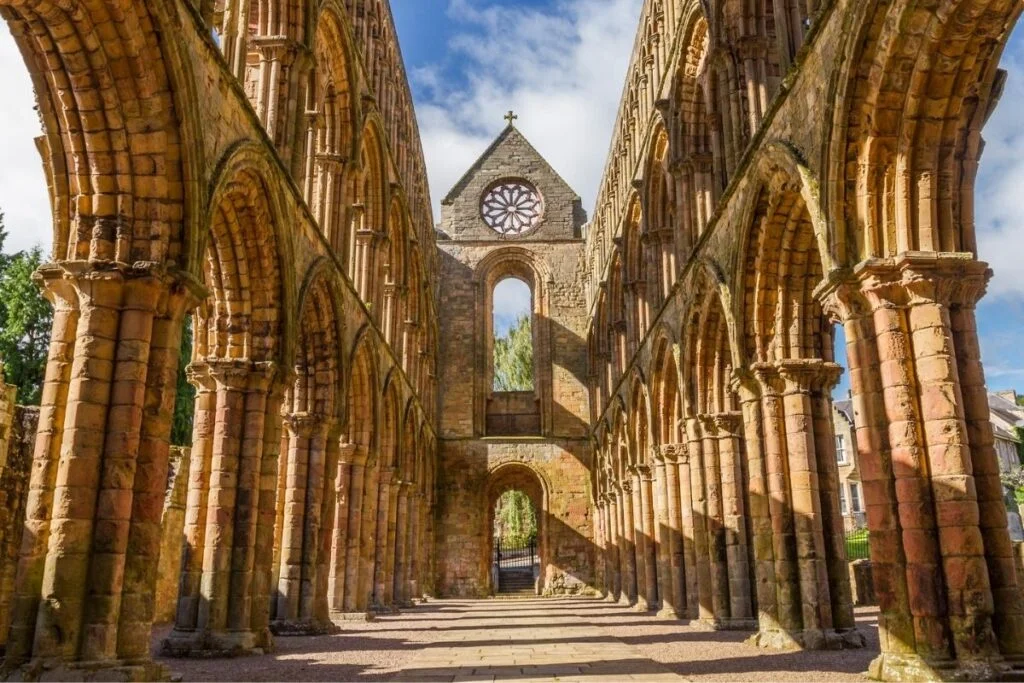
Along the 68 mile stretch of the Borders Abbeys Way are no fewer than four enormous ruined Abbeys, all dating from the High Middle Ages and historically accommodating a variety of religious orders.
Many people come to the Scottish Borders for its natural beauty; a landscape that has inspired painters, poets and writers for generations with its rolling hills, rich farmland and meandering rivers. It is also a land rich in history, from the Roman ruins of Trimontium at Newstead, to great houses of the Georgian and Victorian aristocracy, and the stark towers that were home to the Reiver barons of the 15th and 16th Centuries.
Many regions of Britain can boast sights similar to those listed above. What perhaps marks the Scottish Borders as special is the number of medieval Abbeys that the region has scattered across the landscape. Along the 68 mile stretch of the Borders Abbeys Way are no fewer than four enormous ruined Abbeys, all dating from the High Middle Ages and historically accommodating a variety of religious orders. The differences between the scale of the ruins and the architecture all add to the rich fabric of history to be found in our little corner of Scotland.
Kelso Abbey
What remains of Kelso Abbey is a small fraction of the enormous building that was constructed on the orders of David I. The monks, originally sited at Selkirk, moved to Kelso in 1128, and were across the town of Old Roxburgh from the king’s new castle at Roxburgh. It was originally occupied by a community of Tironensian monks, from Tiron, near Chartres in France.
It rapidly became one of the wealthiest houses in the country, with vast estates in the Scottish Marches and access to the port at Berwick via the river Tweed.
Following the death of King James II during the siege of Roxburgh Castle in 1460, his son was crowned James III at Kelso Abbey.
The later Dukes of Roxburghe are buried or memorialised in the more modern precincts of the 12th century Abbey.
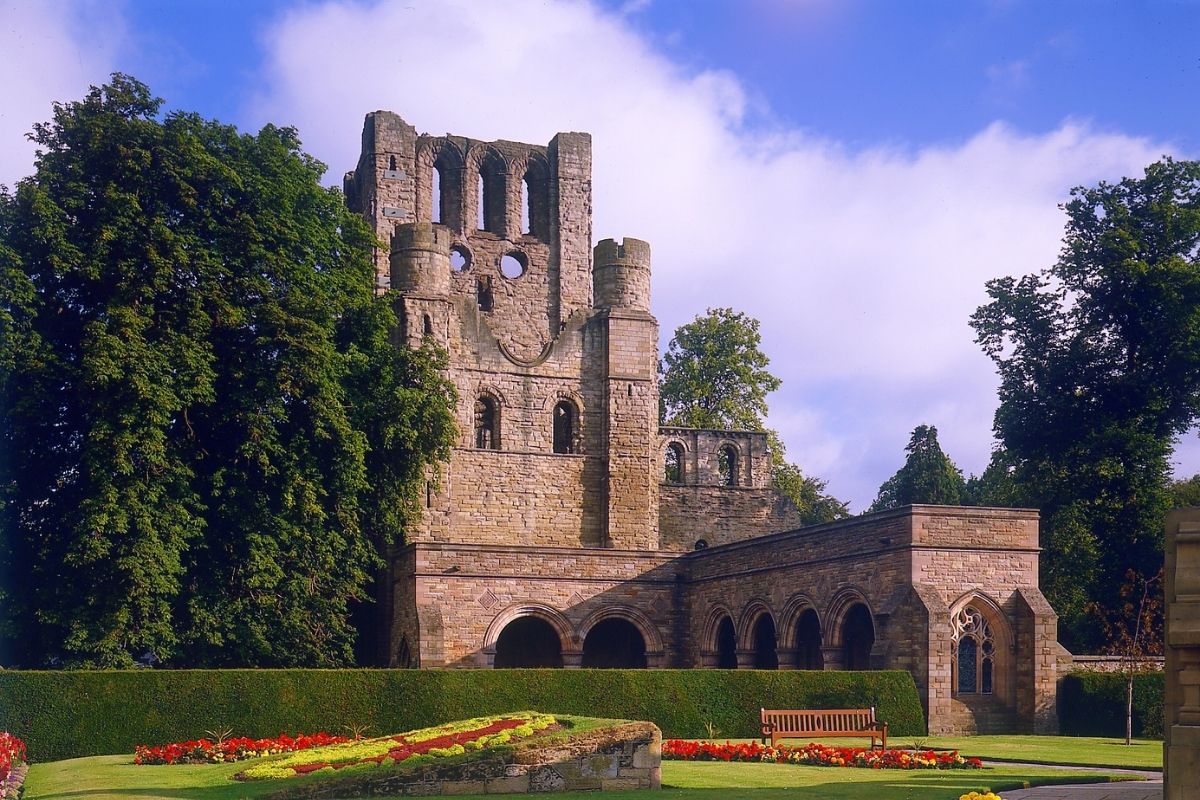
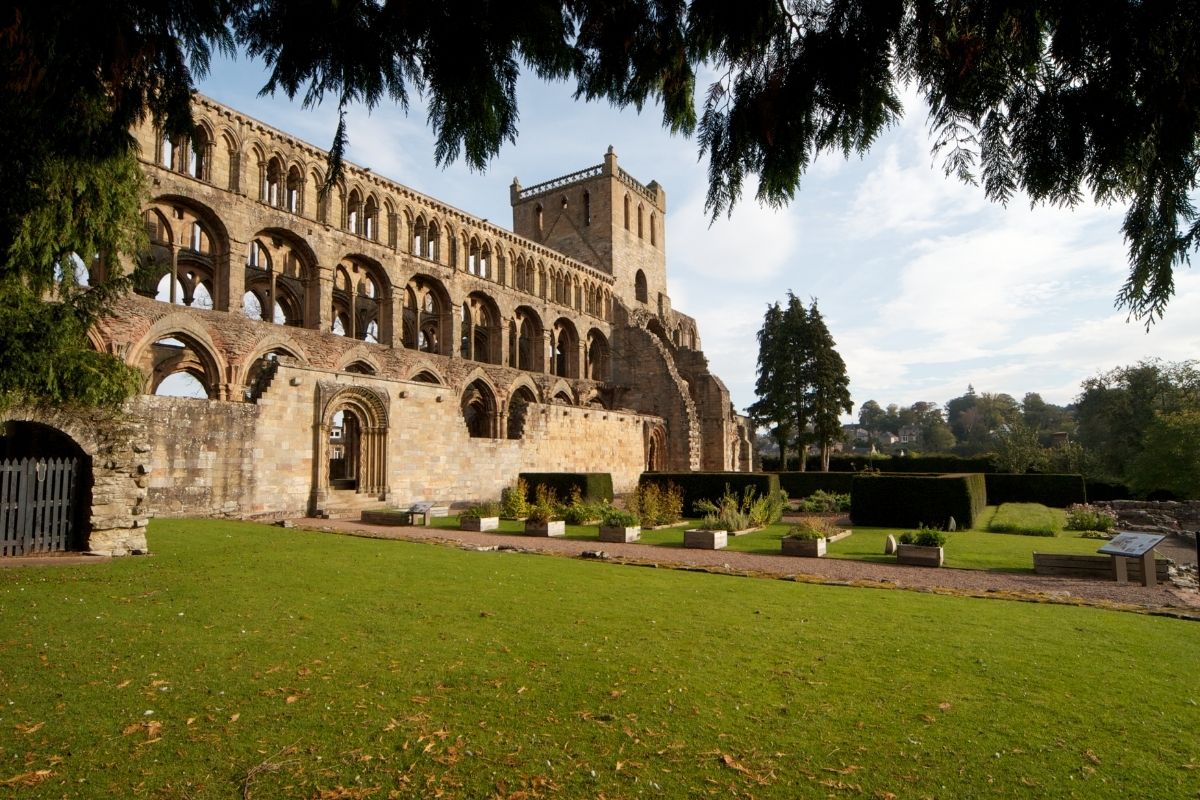
Jedburgh Abbey
David I founded a priory here in 1138 and raised it to abbey status in 1154. The brethren may have come here from St Quentin Abbey, near Beauvais, France.
Augustinians followed the Rule of St Augustine, and for the most part lived a secluded and contemplative life, but also went forth to minister to the people.
The abbey’s border location meant it was caught up in the conflict between Scotland and England in the later Middle Ages, and the canons had to evacuate the premises during the Wars of Independence in the early 14th century. Life on the Border was often unstable, and both the town and the Abbey were roughly treated through the 16th century, with the abbey falling out of use in 1560, as a result of the Scottish Reformation.
The abbey still impresses today, almost 900 years since its initial construction, despite war and Borders blusters. The cloister is mostly reduced to stone foundations, but the great abbey church of St Mary the Virgin stands almost complete.
Dryburgh Abbey
Founded on the banks of the river Tweed in 1150, Dryburgh Abbey was populated by canons and an abbot of the Premonstratensian Order, who came to the Scottish Borders from Alnwick Abbey. It was not a royal foundation, but was endowed by Hugh de Morville, Constable of Scotland. Though it was never as wealthy as the abbeys that the king had set up, Dryburgh remained prosperous despite the wars between England and Scotland disturbing the borderlands. It was sacked on the orders of Richard II in 1385. The abbey ended as a monastery in 1600 with the death of the last abbot, and today is primarily known as the last resting place of Sir Walter Scott.
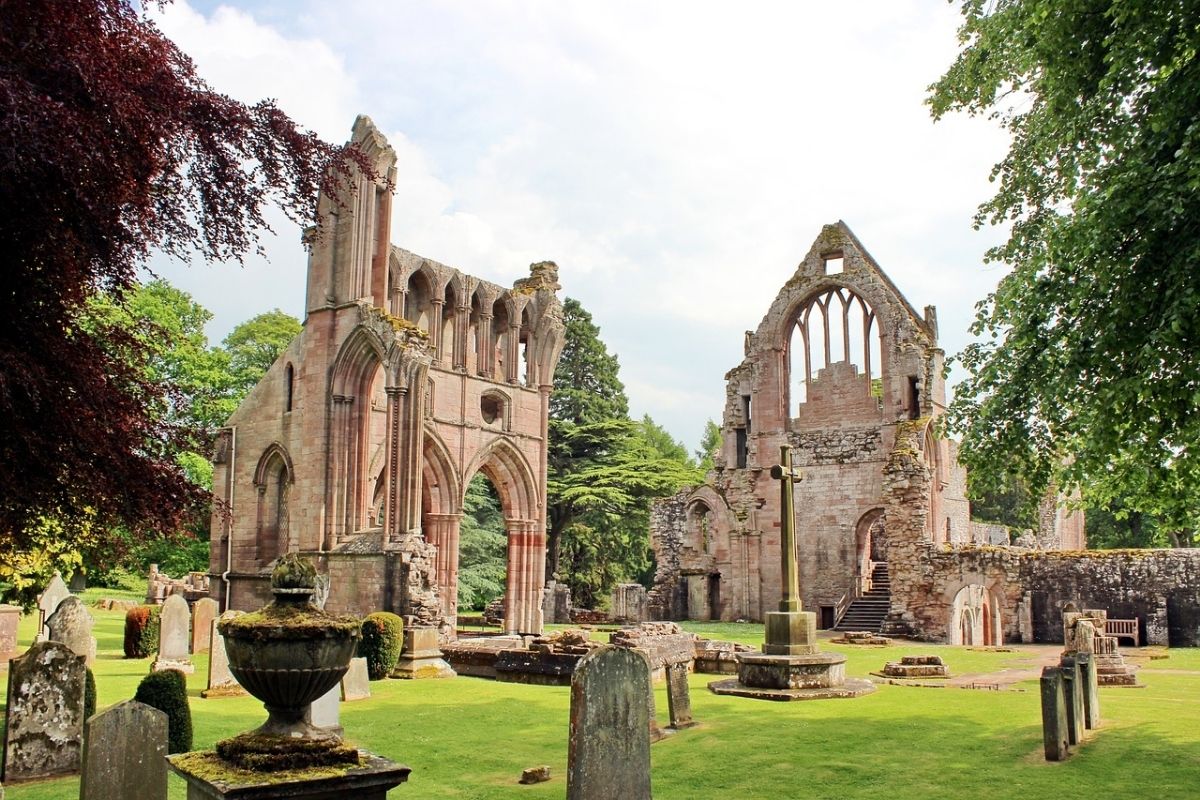
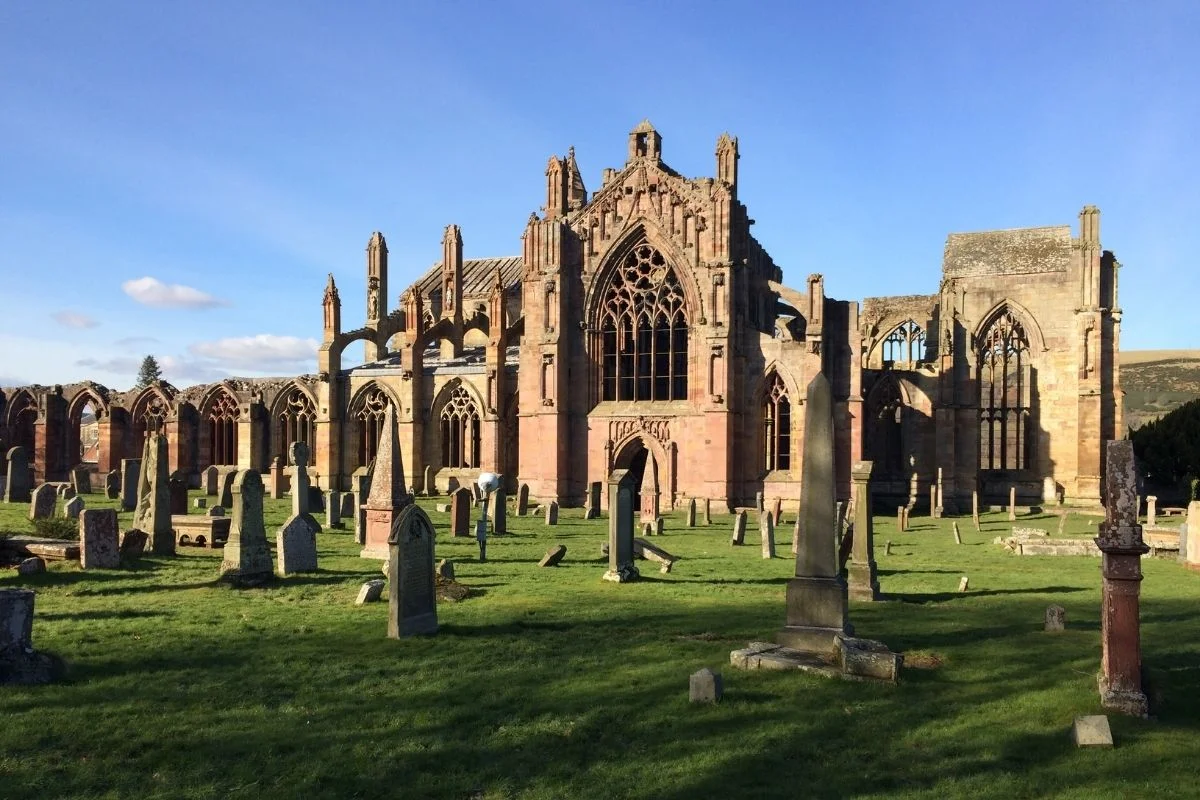
Dryburgh Abbey
Founded by Cistercian monks in 1136 on the orders of David I of Scotland, Melrose is perhaps the most famous of the Border Abbeys. It was the first Cistercian monastery in Scotland, had a large population of monks and was a fully functioning monastery until 1590. Bombarded by Cromwell’s troops during the Civil War, part of the ruins were later converted into a parish church. It is the burial place of Alexander II as well as the 8th and 9th dukes of Buccleuch, but is perhaps most famous for the alleged burial here of the heart of Robert Bruce. A small casket, supposedly once containing the heart, was unearthed here in 1996. Whilst certainly once the home of human remains, there is no way to conclusively link this to the famous Scottish king. Melrose is also known for its architecture, including this rather quirky pig playing the bagpipes!

